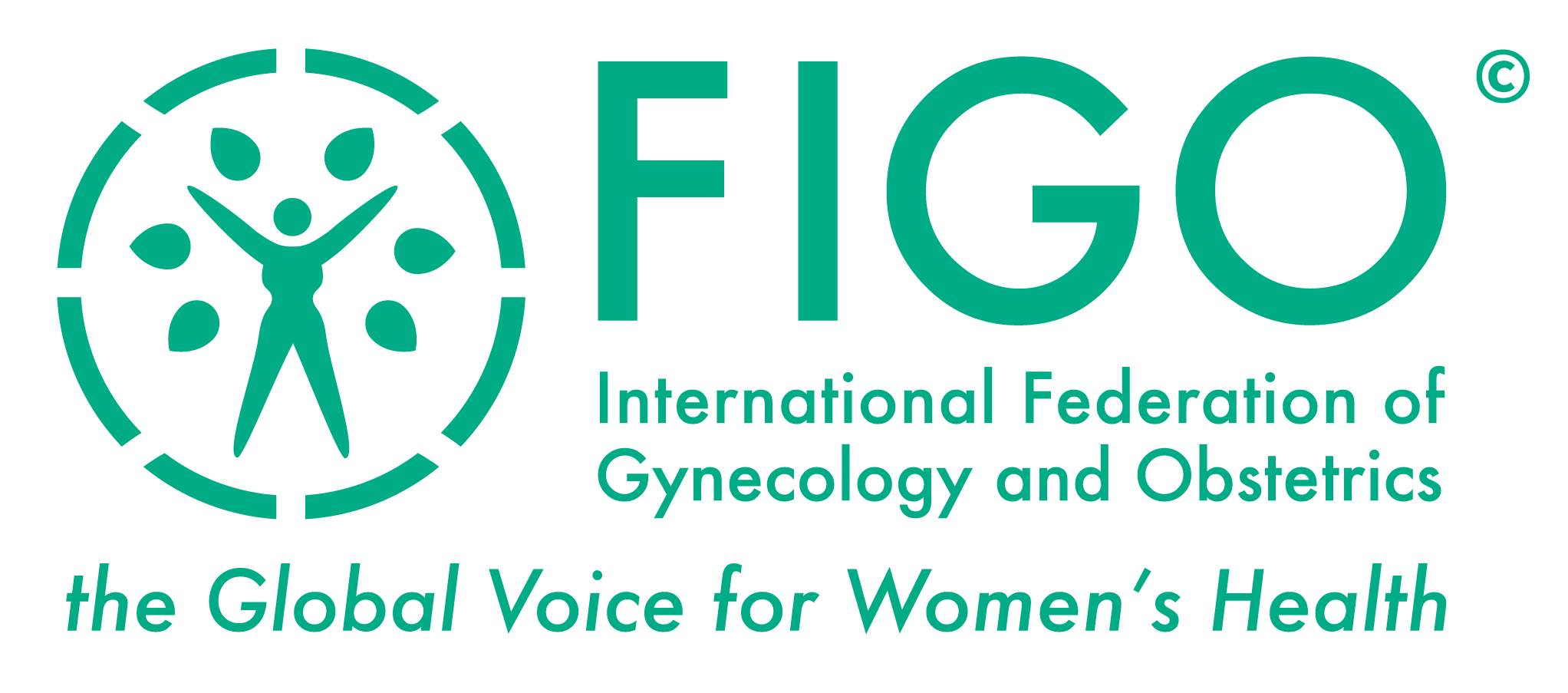
4. Counsel and advise the patient: A basic history, clinical examination and assessment of a woman’s health provides important information for the possible cause of infertility and the prognosis for a live baby. Basic fertility advice can help many women to get pregnant. Further counselling and management should be based on the prognosis for a live baby.
The history and clinical examination give important clues regarding a possible cause of infertility. A woman with a more or less regular monthly menstruation is very likely to be ovulating. Women with secondary infertility (especially if longstanding), various sexual partners, previous pelvic infections or septic pregnancy complications, abundant vaginal discharge and/or tenderness have an increased likelihood of tubal pathology. In some settings, absence of any other cause of infertility could be an important ‘predictor’ for tubal factor infertility, which is very common in low resource countries, especially among women suffering from secondary infertility (Larsen 2000). Male infertility is also common in low resource countries and can cause or contribute to couple infertility in nearly 50% of cases. At the same time most men have at least some sperm cells in their ejaculate, especially if they previously fathered a child.
Basic fertility advice can enhance the chance for spontaneous pregnancy in many couples. (ASRM, 2014A; Stanford et al, 2010)
Couples should be advised
- to have intercourse every 2 to 3 days to optimize their chance of pregnancy (Stanford, 2007; Scarpa, Dunson et al., 2006)
- avoid excessive alcohol use as this affects sperm quality and can damage the unborn baby (ASRM, 2008m)
- avoid smoking as this affects both male and female fertility. Even if the woman is only a passive smoker this is likely to reduce her chance of becoming pregnant.
- to lose weight if they are overweight or obese. A Body Mass Index (BMI) over 29 negatively affects both female and male fertility. Weight loss increases the chance of getting pregnant. (Van Der Steeg, 2008)
- that the woman should gain weight if her BMI is 19 or less as weight gain in very thin women improves the chance of getting pregnant
- to avoid environmental toxicants and endocrine disruptors (e.g. dioxin) to the extent this can be done.
It is also important to counsel couples on their chance of becoming pregnant spontaneously. Couples often underestimate their chance to become pregnant naturally and many get worried after trying for only 6 months or perhaps a year. Yet up to 60% of couples who do not get pregnant in the first year do so in the second year (Dunson, et al., 2004; van Balen, 1997; Tietze, 1950; te Velde et al., 2000; Habbema et al., 2009; Stanford et al., 2010). Similarly, true sterility (the complete inability to get pregnant spontaneously) is relatively rare. Recent estimates of the truly sterile fraction of couples wishing to have children vary by age, from 1% at 25 years, 2% at 30 to 5% at 35 and 17% at age 40) (Leridon, 2008).
Couples with a very poor prognosis because of, for example, advanced female age or longstanding infertility due to presumed tubal damage with no prospect for assessing specialist care, should be counselled towards acceptance of infertility (te Velde and Pearson, 2002). This requires compassion as well as understanding of the social and cultural implications. Alternative parenting options such as adoption or fostering may be explored; although these often do not resolve the issue of infertility, as stigmatization especially of women often persists, it may reduce the suffering of involuntary childlessness.
(See also Tool 5: Outline cause and outcomes; Provide options; Provide advice and empathetic counselling; Avoid meddlesome activity. Also, see Tool 6, Resolve and Refer.)
